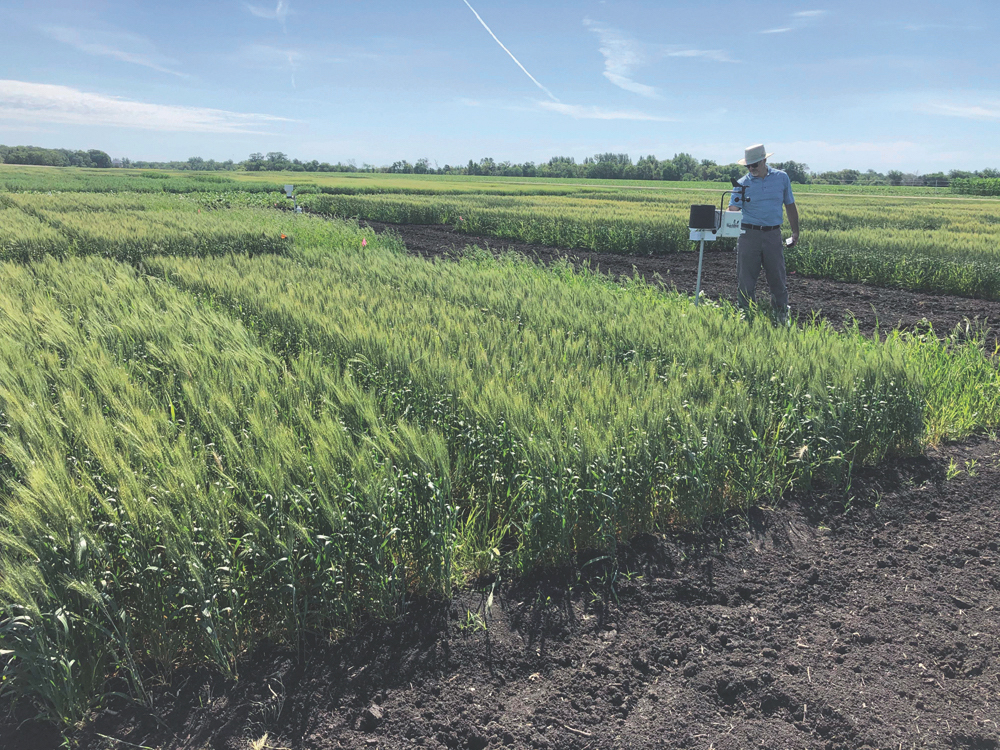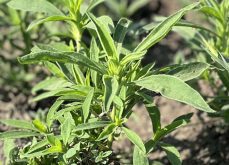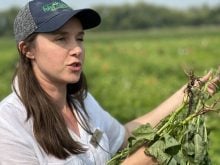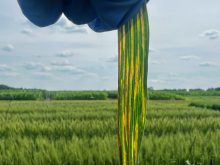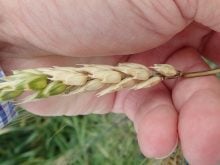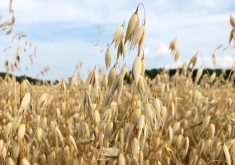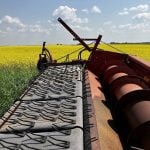A follow-up to a story we first brought you last July about a new online tool being developed by soil scientists at the University of Manitoba to make fusarium head blight (FHB) risk management in cereal crops easier for Prairie farmers.
Paul Bullock, a senior scholar with the U of M’s department of soil science, provided an update on the FHB risk assessment tool at St. Jean Farm Days, held Jan. 10-11 at St. Jean Baptiste, Man.
Read Also

Made-in-Manitoba sunflower hybrid headed to market
Manitoba’s confection sunflower growers will have a new seed option next spring developed specifically for performance in the province. The…
Bullock, who helped lead the development of the tool, said it is now expected to be rolled out to producers in Western Canada this spring. It had originally been expected to be made available last season but its introduction was delayed due to some logistical challenges.
The aim of the tool is to show growers the risk of FHB in small-grain cereal crops on a specified date. It works by collecting real-time data from more than 500 weather stations in Alberta, Saskatchewan and Manitoba. That data includes variables such as humidity, temperature and rainfall. The information is then analyzed by a series of computer algorithms which rate the risk of FHB as either low, moderate, high or very high for crop types such as barley, winter wheat and spring wheat.
The tool will allow growers to input data from their field when their crop is flowering and determine what their risk of FHB is at that time. The beauty of the system, Bullock said, is that it will allow growers to determine more accurately whether or not they need to apply a fungicide to their crop.
Early testing of the online tool was conducted on field plots in each of the three Prairie provinces. Bullock said the university’s development was quite pleased with the accuracy of the model in those preliminary tests.
“What we found with the results, despite the fact we didn’t have high disease pressures (at the time), the models we were able to develop with this level of accuracy was comparable to anything in the world. I think we’ve got something to work with here,” he says.
“When we took the models that were developed in the U.S., how well did it do? These ones did better. They were more accurate. It wasn’t really a surprise. These (models) were developed here in Western Canada with our varieties and our weather conditions.”
Bullock said the accuracy of the tool is expected to increase as it collects more and more data from growers.
Despite drought conditions that have plagued much of the Prairies the last several years, Bullock said FHB will continue to pose a challenge for growers in the region. Changes in the jet stream are expected to result in more frequent wet and dry periods and they are expected to last longer. As a result, growers will need more tools that will help them to deal with those changing conditions.


